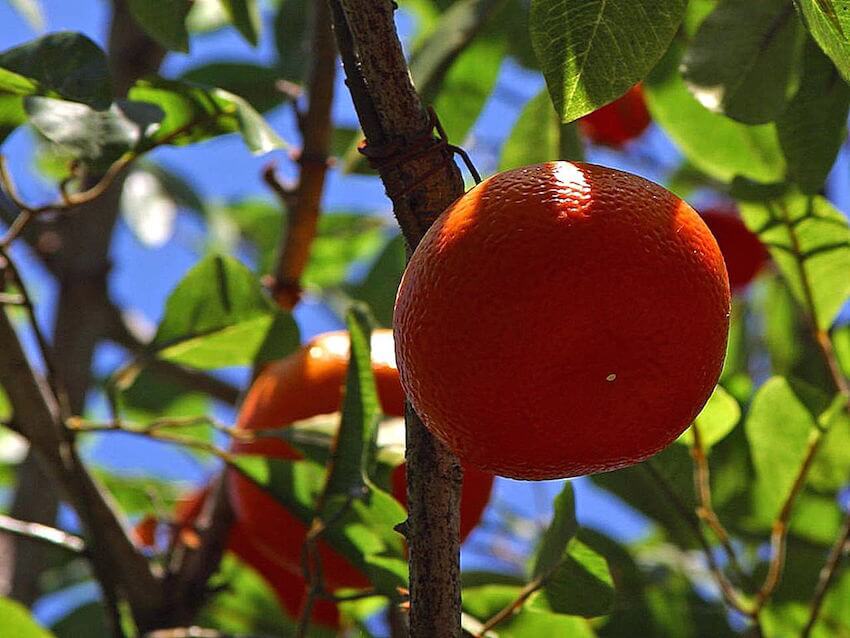For most people, pruning is considered a dormant season (winter) activity. When the tree loses its leaves in the winter, it’s much easier to see the structure of the tree, allowing an arborist to correct the shape more easily. However, pruning in the winter does not effectively control the size of the tree. Summer pruning can help with size control as well as enhanced light exposure and sturdier branches.
Size Control

A tree’s goal is for its bottom and top to always be balanced. If aggressive pruning is only done in winter, the tree will then grow quickly in the spring, typically resulting in water sprouts - ugly, straight branches that grow quickly - to keep the balance between top and bottom. However, if the actively growing branches are pruned back in the summer, the tree can balance out the root system and the branch system at the same time and stay more in balance, making it easier to keep the tree at an appropriate size.
Enhancing Light Exposure
It’s no surprise to anyone that trees require light. In younger trees, light improves the development of the branches that will bear fruit. In older, more mature trees, light can improve the quality and size of the fruit, giving you better tasting and bigger fruit to enjoy. For all trees, light exposure and air circulation has the ability to reduce the risk of fungal disease. Pruning a tree while it’s growing can help get light to more areas of the tree, thus creating a healthier and more fruitful tree.
Encouraging Sturdier Branches

While many arborists understand the importance of winter pruning to get rid of dead or diseased branches, this can be done during the summer growing season as well. During the summer, since the tree is actively growing, pruning cuts can heal very quickly. The tree can also create a barrier that keeps moisture in and disease out. Summer pruning can also encourage better crops for the next season. In trees where the fruit is produced on branches formed in the previous summer (like nectarines and peaches), summer pruning gives the tree time to grow new branches which will bear more fruit for the next harvest.
Join the conversation